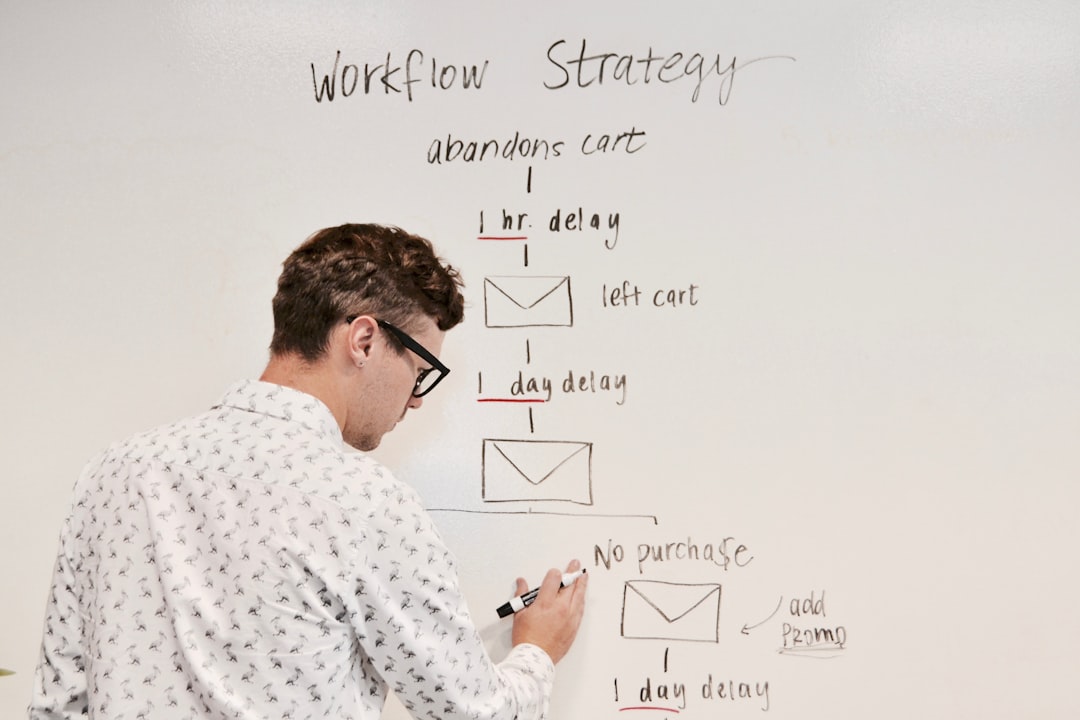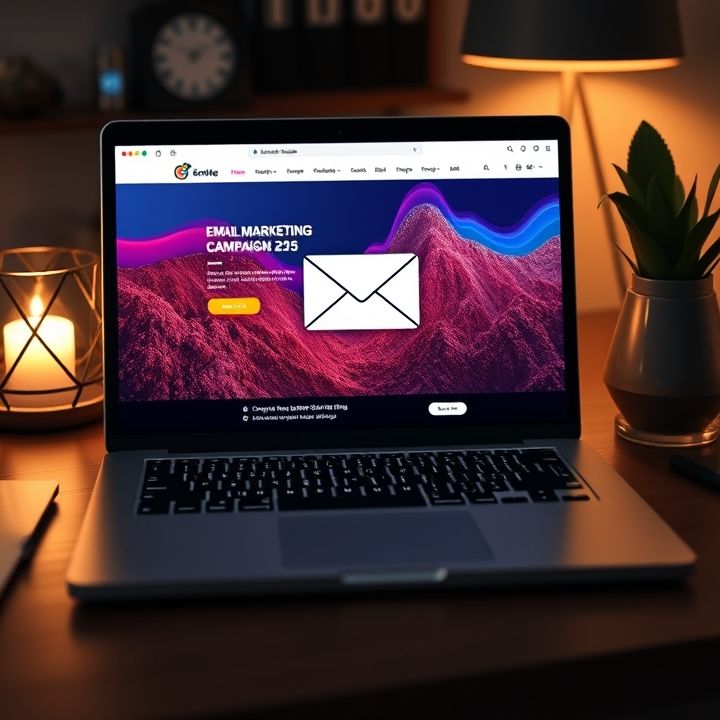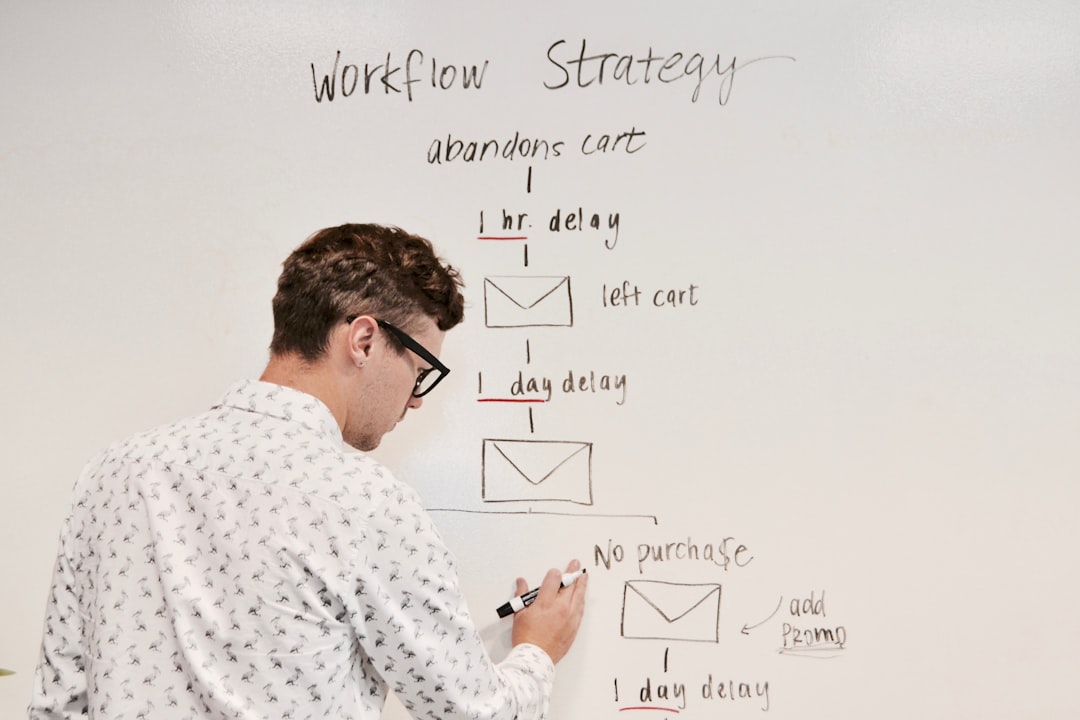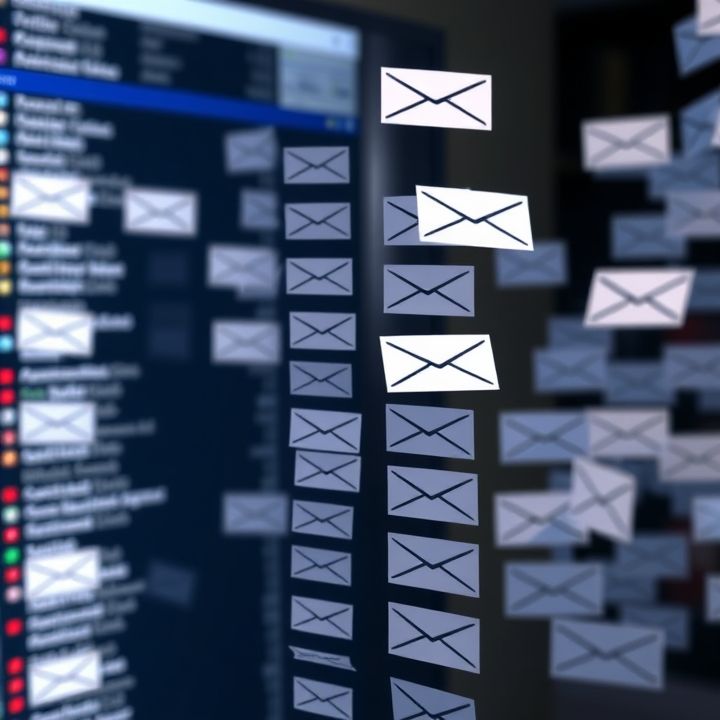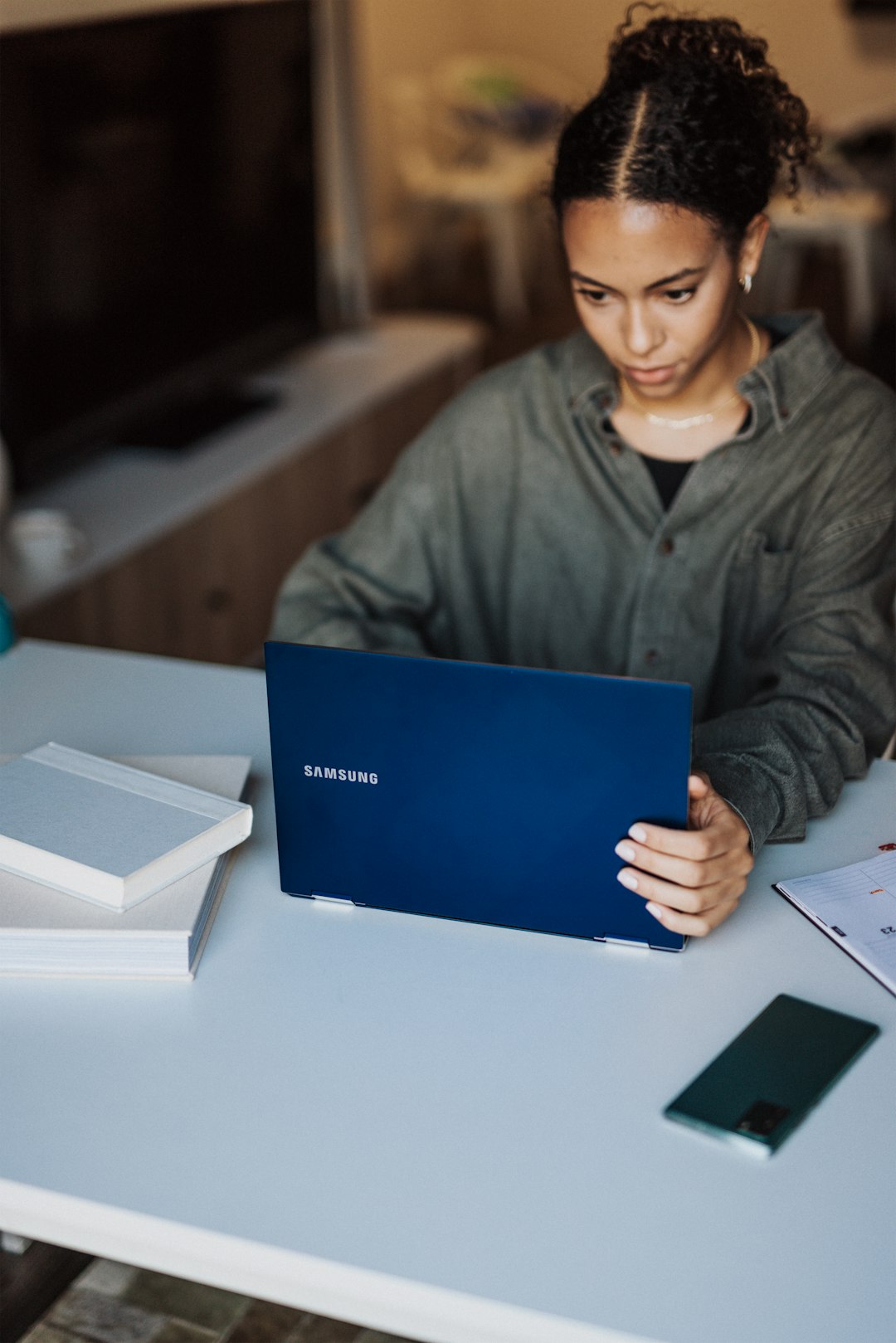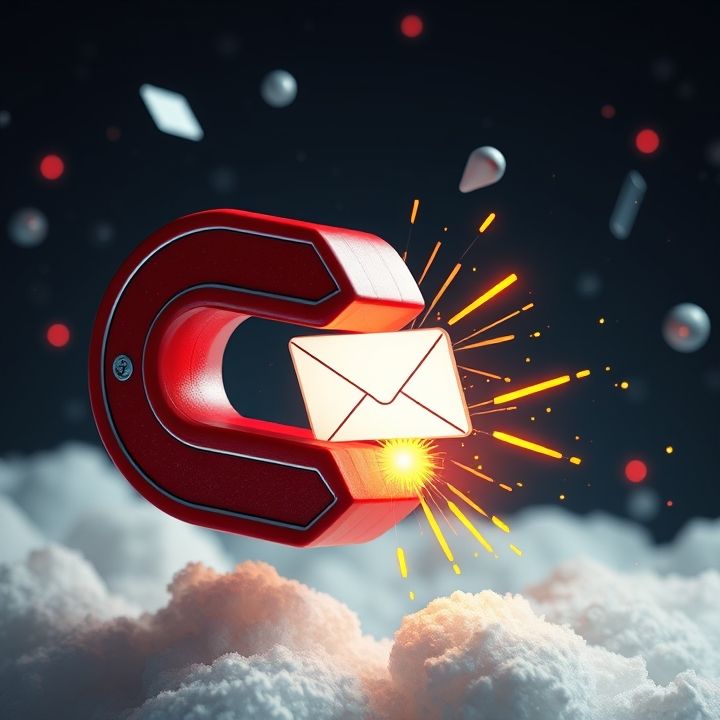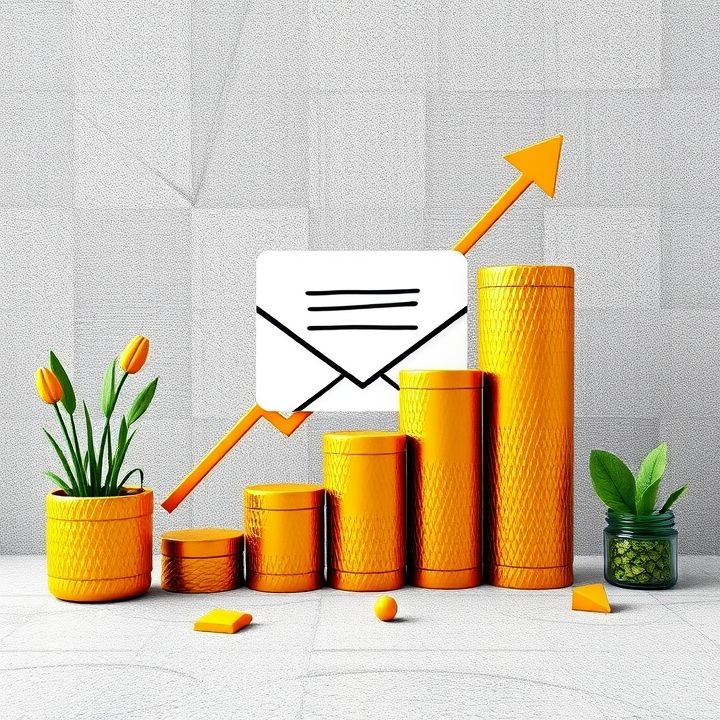Table of Contents
- Introduction
- Personalized Content with Dynamic Elements
- Engaging Storytelling Techniques
- Exclusive Offers and Discounts
- Interactive and Gamified Elements
- Educational and Informative Content
- User-Generated Content and Testimonials
- Countdown Timers and Urgency Tactics
- Visually Appealing Media and Graphics
- Conclusion
- Frequently Asked Questions
Introduction
Email marketing isn’t just a tool; it’s an art yet to be mastered by many. In a world saturated with content, how do you make your emails stand out and convince your readers to take action? Easy—by unlocking the secrets of email content types that promise to skyrocket your click-through rates, and transform your campaigns from mediocre to outstanding.
But what are these game-changing content types, and how can you implement them effectively? Imagine having a toolbox tailored just for you. Here’s a sneak peek:
| Content Type | Effectiveness |
|---|---|
| Personalized Emails | Increases engagement |
| Interactive Content | Boosts user interaction |
| Clear Call-to-Actions | Drives more clicks |
Intrigued? You should be. Journey with us as we delve into the depths of what makes these email content types so compelling. You’re about to learn how to elevate every email you send out, making each one a clickable marvel.
Personalized Content with Dynamic Elements
Personalized content with dynamic elements is a highly effective strategy in email marketing, known for significantly enhancing click-through rates. By tailoring emails to individual recipients, marketers can create a sense of exclusivity and relevance that generic messages simply cannot achieve. This approach starts with understanding the audience, utilizing data such as past purchase behavior, browsing history, and demographic information to craft messages that resonate.
Dynamic content, such as personalized product recommendations, location-based offers, and real-time updates, adds a layer of interactivity to emails. These elements can adapt based on the recipient’s interaction with the email or their current needs, creating a more engaging experience. For instance, an email could feature a live countdown timer for a sale, encouraging prompt action.
Additionally, subject lines and email content that address the recipient by name or reference their past interactions foster a personal connection. This level of customization makes recipients more likely to click through to learn more or complete a purchase. Implementing personalized content with dynamic elements requires a robust system for data collection and management, but when done correctly, it has the power to vastly improve the effectiveness of email marketing campaigns.
Engaging Storytelling Techniques
Engaging storytelling techniques can significantly enhance email marketing efforts by increasing click-through rates and fostering a deeper connection with the audience. One effective technique is to craft a compelling narrative that resonates on an emotional level. This involves using relatable characters, authentic situations, and a message that aligns with the readers’ values and interests.
Another technique is to utilize a personal storytelling approach, which can make recipients feel like they are being addressed directly. Utilizing the art of suspense or mystery to keep readers intrigued can also be effective. For instance, creating a sense of anticipation by hinting at exclusive content or upcoming events encourages recipients to click through to learn more.
Additionally, incorporating multimedia elements such as captivating images or engaging video clips can amplify the storytelling experience. Visuals can help draw the reader’s attention and make the content more memorable. Storytelling that is concise yet impactful can also benefit from the inclusion of calls to action that are seamlessly woven into the narrative. This combination encourages readers to engage further with the brand, ultimately driving desired actions.
Exclusive Offers and Discounts
Email marketing remains a powerful tool in driving customer engagement, particularly when it comes to exclusive offers and discounts. These types of emails are highly effective in increasing click-through rates as they create a sense of urgency and privilege among recipients. By providing exclusive offers, businesses can make their subscribers feel valued and special, which encourages them to take action quickly.
The key to maximizing the effectiveness of exclusive offer emails lies in personalization and timing. When emails are tailored to the preferences and behavior of individual customers, they tend to resonate more, thereby increasing the likelihood of conversion. Additionally, limited-time offers create a fear of missing out, prompting subscribers to click through and seize the opportunity before it disappears.
Moreover, clear and compelling subject lines play a crucial role in catching the recipient’s attention. Phrases like “Just for You” or “Exclusive Member Discount” can enhance the perceived value of the offer. Alongside this, including a strong call-to-action within the email directs the recipient on the next steps to take, guiding them smoothly through the buying journey.
To sum up, exclusive offers and discounts are not just about reducing prices but enhancing the customer’s sense of exclusivity and urgency, making them a highly effective tool in boosting engagement and driving click-through rates.
Interactive and Gamified Elements
Interactive and gamified elements in email marketing can significantly boost engagement and drive higher click-through rates. These elements provide a dynamic and engaging experience for recipients, making the email content more memorable and enjoyable. Interactive features such as polls, quizzes, and surveys allow users to actively participate, fostering a sense of connection and involvement. By engaging with these elements, recipients feel valued and are more likely to interact with the email further, eventually leading to increased conversions.
Incorporating gamified elements such as challenges, contests, or points systems can also incentivize users to click through the email. These elements tap into the natural human desire for competition and reward, motivating recipients to engage with the content readily. For example, a simple spin-the-wheel game embedded within an email, offering recipients a chance to win discounts or other rewards, can dramatically increase click-through rates.
The key to successful implementation of interactive and gamified elements lies in ensuring the content remains relevant and aligned with the recipient’s interests. By carefully crafting these experiences, marketers can create a memorable email campaign that not only captures attention but also drives meaningful interactions, ultimately enhancing overall email performance.
Educational and Informative Content
Educational and informative content plays a crucial role in enhancing click-through rates for email marketing campaigns. By providing useful and relevant information, businesses can establish themselves as thought leaders, thereby gaining the trust of their audience. This type of content can take various forms, such as newsletters, how-to guides, webinars, or industry insights.
What makes educational content effective is its ability to address the reader’s needs or solve their problems, which naturally encourages engagement and click-throughs. For instance, a company in the tech industry might share insights about emerging trends or offer tutorials about their software. Similarly, retail brands might offer style guides or product care tips that resonate with the interests of their subscribers.
To maximize effectiveness, it is essential to personalize educational content based on subscriber preferences or past interactions. Additionally, integrating visually engaging elements like infographics, videos, or interactive media can significantly enhance the appeal of the email, making it more likely for recipients to click through. Therefore, crafting educational and informative content not only nurtures customer relationships but also drives measurable engagement by leading readers to take actionable steps.
User-Generated Content and Testimonials
User-generated content (UGC) and testimonials are highly effective in enhancing click-through rates in email marketing. This type of content leverages the authentic experiences of existing customers, creating trust and credibility for potential customers. When recipients see genuine feedback from real users, they are more likely to engage with the content, as it feels more relatable and trustworthy compared to traditional advertising. Successful emails often incorporate UGC by showcasing customer reviews, testimonials, or images alongside products or services. This not only personalizes the message but also provides social proof, which is a powerful motivator for decision-making.
Including testimonials in emails can significantly impact customer perception and spur action. They serve as endorsements from satisfied users and can address common objections or questions potential customers might have. Moreover, spotlighting user stories or featuring customer success stories can create an emotional connection, which is crucial for driving engagement. By featuring varied voices from a diverse customer base, emails can appeal to a broader audience. Thus, UGC and testimonials act as valuable tools in an email marketer’s arsenal, fostering community and enhancing the overall credibility and effectiveness of email campaigns.
Countdown Timers and Urgency Tactics
Email marketers often leverage countdown timers and urgency tactics to boost click-through rates effectively. These elements tap into the psychological principle of scarcity, driving recipients to take immediate action. Countdown timers create a sense of urgency by visually displaying the time remaining for a particular offer or event deadline. This real-time count can compel readers to act faster, as they are reminded that opportunities are fleeting.
Urgency tactics, such as limited-time offers or flash sales, further enhance the efficacy of these emails. By clearly stating that an offer is available only for a short duration, recipients are nudged to make quicker decisions to avoid missing out. This is particularly effective when combined with tempting incentives like discounts, exclusive features, or bonuses.
Furthermore, personalization can amplify the power of countdown timers and urgency tactics. Tailoring messages to highlight relevant offers or reminders strengthens the immediate need to act. Overall, incorporating these strategies in email content can significantly increase engagement and drive higher click-through rates, leading to more successful marketing campaigns.
Visually Appealing Media and Graphics
In the realm of email marketing, the use of visually appealing media and graphics has proven to be a significant driver of click-through rates. Including eye-catching images, infographics, and videos in email content can capture the recipient’s attention immediately, making them more likely to engage with the content. These visual elements break the monotony of text-heavy emails and can convey information more effectively and succinctly than words alone. Moreover, well-designed graphics can help to highlight key messages, making it easier for readers to understand the core offering quickly.
Personalized visuals, such as images that reflect the recipient’s preferences or past interactions, can further enhance engagement by making the email feel more relevant. Videos, in particular, have been increasingly effective as they can deliver a lot of information in a short amount of time and can be more persuasive by demonstrating product uses or showcasing customer testimonials. Including clear and compelling calls to action within or alongside visuals can seamlessly guide readers towards the desired actions.
Utilizing visually appealing media and graphics not only enhances the aesthetic appeal of email content but also contributes to a better overall user experience, which can lead to higher conversion rates.
Conclusion
In conclusion, the strategies outlined in this article offer critical insights into optimizing email content for enhanced click-through rates. By leveraging personalized content with dynamic elements, marketers can create tailored experiences that resonate well with subscribers, thereby promoting engagement. Engaging storytelling methods, alongside exclusive offers, can stimulate emotional connections and sense of urgency, encouraging immediate action. Additionally, the integration of interactive and gamified elements captivates recipients’ attention, fostering participation and connection. Educational content further positions brands as thought leaders, while user-generated content builds trust and authenticity. Urgency tactics like countdown timers effectively drive swift responses, and visually appealing graphics enhance overall email appeal. Successful email campaigns hinge on the strategic use of these diverse content types, each contributing to more meaningful interactions and improved conversion rates. Mastering the balance of these elements is key to unlocking the full potential of your email marketing efforts, ensuring that your messages not only capture attention but also inspire action.


